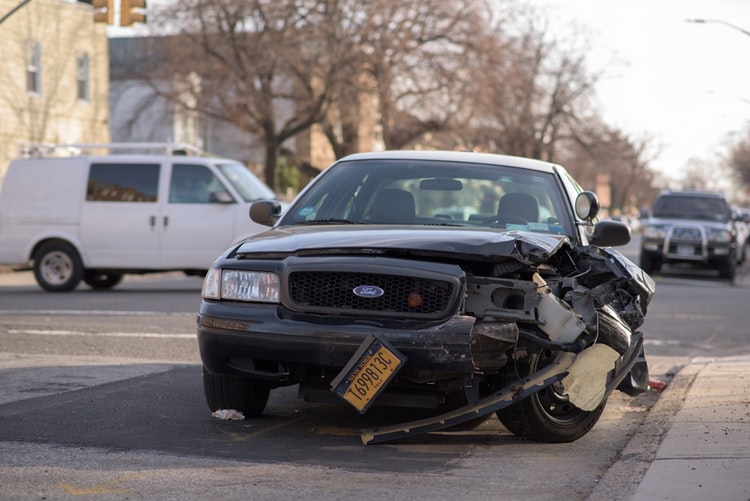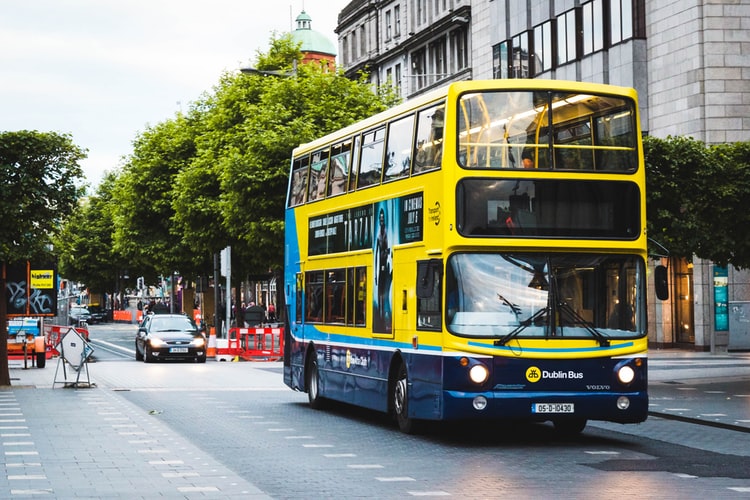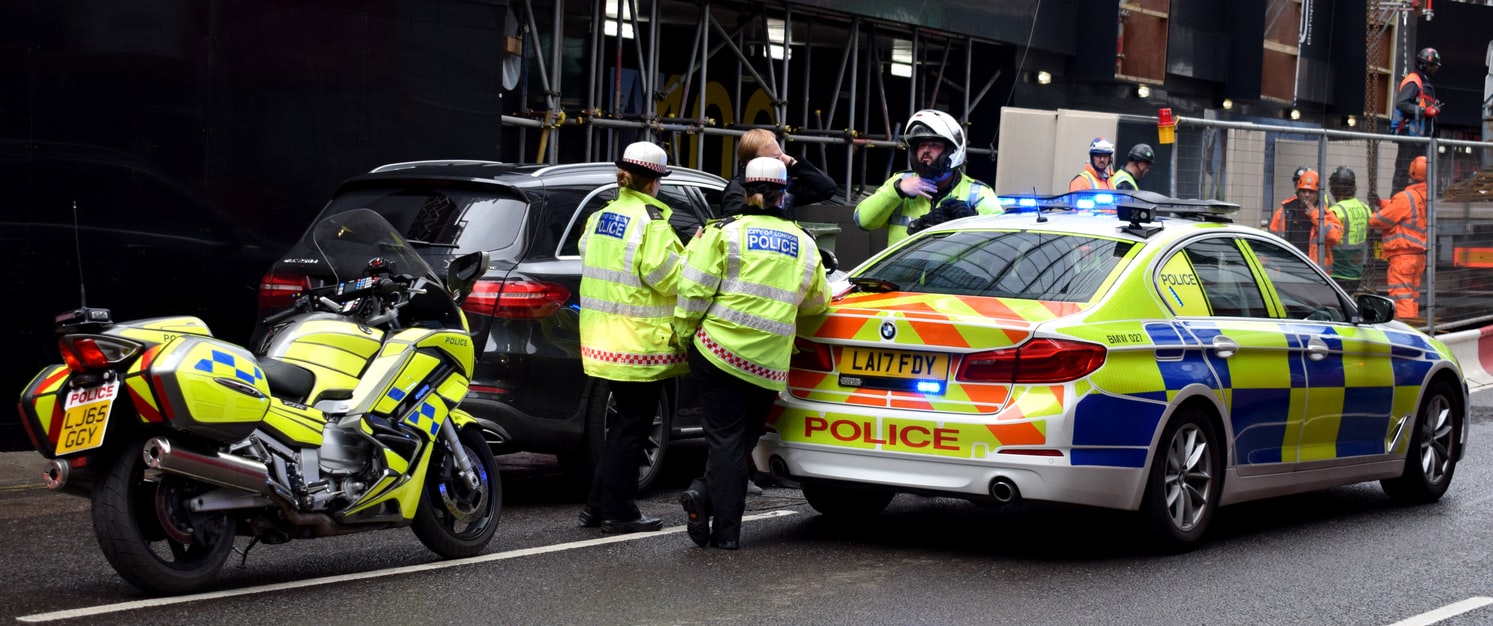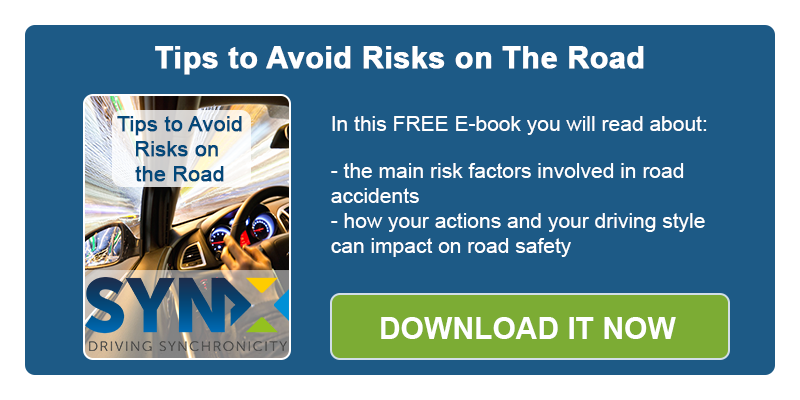London, Mexico, Moscow, California, Paris - all big cities have suffered the terrible reality of bus accidents. Accidents involving buses and pedestrians are particularly dangerous as the pedestrian does not really stand a chance against the huge forces that come into play, in the event of a collision with a bus. This is why it is a sad reality that bus accidents are almost always worse than car accidents.
Let’s take a look at bus accidents in more depth and consider what can be done to prevent them.
Fundamental debate surrounding buses and road safety
The issue of buses and safety has sparked a fundamental debate about road safety in cities as the number of deaths and serious injuries caused by buses and coaches are disproportionately higher than those by car or motorcycle accidents. Policy-makers want to know what is causing this and what can be done about it. The burning question is “what can be done to prevent and reduce bus accidents?”.

What can be done to reduce accidents?
Coach and bus manufacturers and various safety authorities have collaborated on the topic of bus accidents to consider what can be done to improve road safety in relation to buses. It has been decided that, to reduce fatal accidents and protect all vulnerable road-users, new innovations and new technologies are, urgently needed. It is important not to forget more basic factors too, like providing training for bus drivers and other road-users.

New technology like digital speed limit maps which compare speed limits in locations in the city with the speed of the vehicle, and alert drivers if they are exceeding the limit are already in use however, more, similar devices need to be developed. So, how is this process of innovation development surrounding road safety progressing? Cameras and collision detection have played a big role here.
Collision detection and cameras
Installation of collision detection devices which alert the driver to dangerous situations or important manoeuvres on buses are exciting innovations which have the capacity to prevent bus accidents and improve overall road safety. These nifty little devices also alert drivers when a cyclist or pedestrian gets too close, so the potential for improvement to road safety is limitless.
However, these devices need to be more widely available. Moreover, new applications of the technology need to be developed. At the moment, only more expensive and modern types of car have the best safety features.

Back to basics?
When it comes to road safety, research has shown that even basic safety measures are being ignored by typical drivers who, for whatever reason neglect to think that a road accident is something that could happen to them.
Take the safety or seat belt as an example. In some European countries, fastening belts in buses and coaches is obligatory but many people forget, or simply don’t bother!
Policy-makers as well as bus and coach companies need to do more to target this type of road user.





